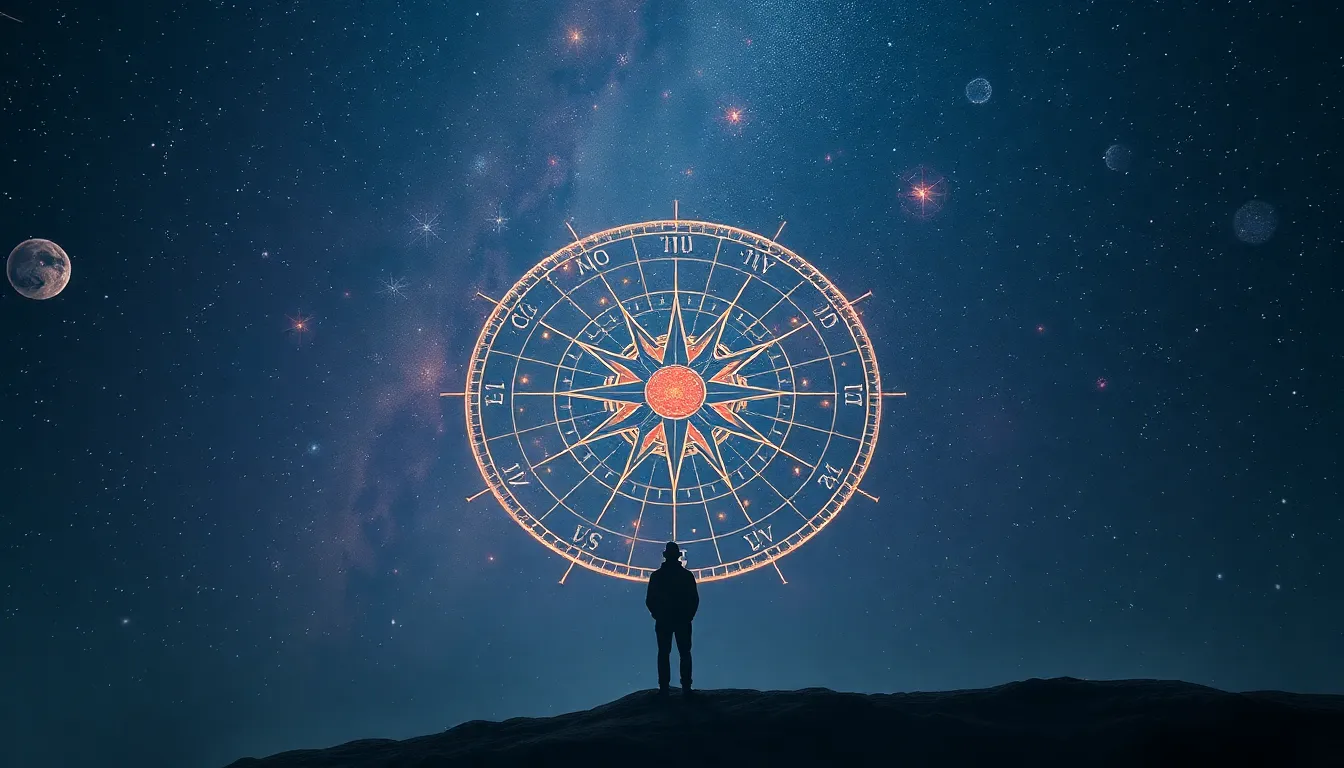The Symbolism of Stars in Finnish Mythology
The Introduction
Stars hold immense cultural significance across various societies and civilizations globally, including the Finnish people. Their celestial presence has captivated human imagination throughout history, leading to diverse symbolic interpretations. Finnish mythology, in particular, assigns profound meanings to stars, drawing connections to their mythology, beliefs, and way of life. This comprehensive article explores the rich symbolism associated with stars within the Finnish mythological context, unraveling their profound impact on the Finnish people.
The Star Maiden
In Finnish mythology, the Star Maiden, known as Pohjatar, holds a prominent position. Depicted as a celestial maiden or goddess, Pohjatar embodies the North Star and serves as the celestial protector of seafarers, travelers, and those who venture into the wilderness. Her constant presence in the northern sky symbolizes guidance, hope, and a beacon of stability amidst the vast expanse of the cosmos. Furthermore, the Star Maiden is closely associated with the Northern Lights, adding an element of enchantment and wonder to her celestial role.
The Bear and the Big Dipper
The constellation Ursa Major, commonly known as the Big Dipper, features prominently in Finnish mythology. It is perceived as a celestial bear, symbolizing protection and guidance. The seven stars forming the handle of the dipper are believed to represent seven bears, while the three stars forming the bowl are seen as three hunters pursuing them. The Big Dipper serves as a guide for travelers and hunters, offering celestial direction in the wilderness and during nocturnal journeys. Its prominence in the night sky has made it an enduring symbol of protection, navigation, and the untamed spirit of the Finnish people.
Orion and the Hunter’s Path
The constellation Orion holds significant cultural resonance in Finnish mythology, embodying the celestial hunter and symbolizing victory, strength, and determination. Orion is depicted as a mighty hunter, armed with a bow and arrow, pursuing the celestial bear, Ursa Major. The stars forming Orion’s belt are known as the Hunter’s Path, representing the trajectory of his pursuit. The constellation’s presence in the winter sky is believed to bring good fortune and success in hunting, further solidifying Orion’s association with triumph and prosperity.
Sirius and the Summer Solstice
Sirius, the brightest star in the night sky, holds a special place in Finnish mythology and is closely linked to the summer solstice. Known as the Dog Star, Sirius heralds the arrival of summer and is believed to bring warmth, abundance, and fertility to the land. Its appearance in the sky coincides with the longest day of the year, symbolizing the peak of summer’s vitality and the sun’s power. Sirius holds cultural significance as a celestial beacon of warmth, nourishment, and the renewal of life.

VI. Ursa Major and the Winter Solstice
The constellation Ursa Major, also known as the Big Dipper, takes on a different significance during the winter solstice. As the nights grow longer and the sun’s presence diminishes, the Big Dipper is believed to guide travelers and hunters through the treacherous winter wilderness. Its prominent position in the night sky provides comfort and direction, symbolizing resilience and the enduring spirit of the Finnish people amidst the harsh winter conditions. Ursa Major serves as a celestial beacon of hope and protection during the darkest time of the year.
VII. The Milky Way
In Finnish mythology, the Milky Way is revered as the celestial river that flows through the heavens. Known as Linnunrata, it is believed to be a path traveled by birds on their migratory journeys. The Milky Way holds symbolic connections to fertility and the afterlife, representing the cyclical nature of life and the interconnectedness between the celestial and earthly realms. Its ethereal beauty and enigmatic presence have captivated the Finnish imagination, inspiring tales and beliefs that add depth to their mythological tapestry.
VIII. Shooting Stars
Shooting stars, known as tähdenlento in Finnish, are viewed as celestial messengers in Finnish mythology. They are believed to carry the wishes and prayers of those who gaze upon them into the heavens. The sight of a shooting star is often interpreted as a sign of hope, renewal, and the fulfillment of aspirations. Making a wish upon a shooting star is a cherished tradition, embodying the belief in the power of dreams and the magic of the cosmos.
IX. The Seven Sisters
The Pleiades star cluster, known as Seulaset in Finnish, holds a special place in Finnish folklore. Depicted as the Seven Sisters, they are believed to represent seven maidens who escaped persecution by transforming into stars. The Seven Sisters are associated with fortune and prosperity, and their appearance in the night sky is seen as a harbinger of good luck. Their story symbolizes the triumph of hope over adversity and the enduring bonds of family and community.
X. Conclusion
The symbolism of stars in Finnish mythology runs deep, reflecting the cultural values, beliefs, and connection to the natural world that have shaped the Finnish people. From the celestial protector, Pohjatar, to the celestial hunter, Orion, and the celestial river, Linnunrata, each star holds a profound significance within the Finnish mythological narrative. Their presence in the night sky has inspired tales, guided travelers, brought hope, and symbolized the interconnectedness of the cosmos and the human experience. Understanding the symbolism of stars in Finnish mythology provides a glimpse into the rich cultural heritage and enduring


